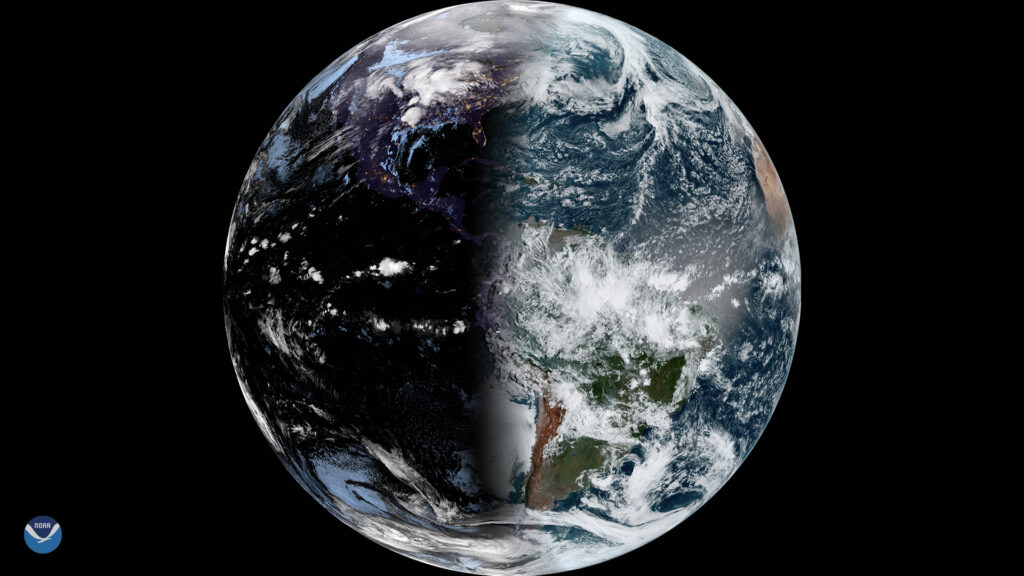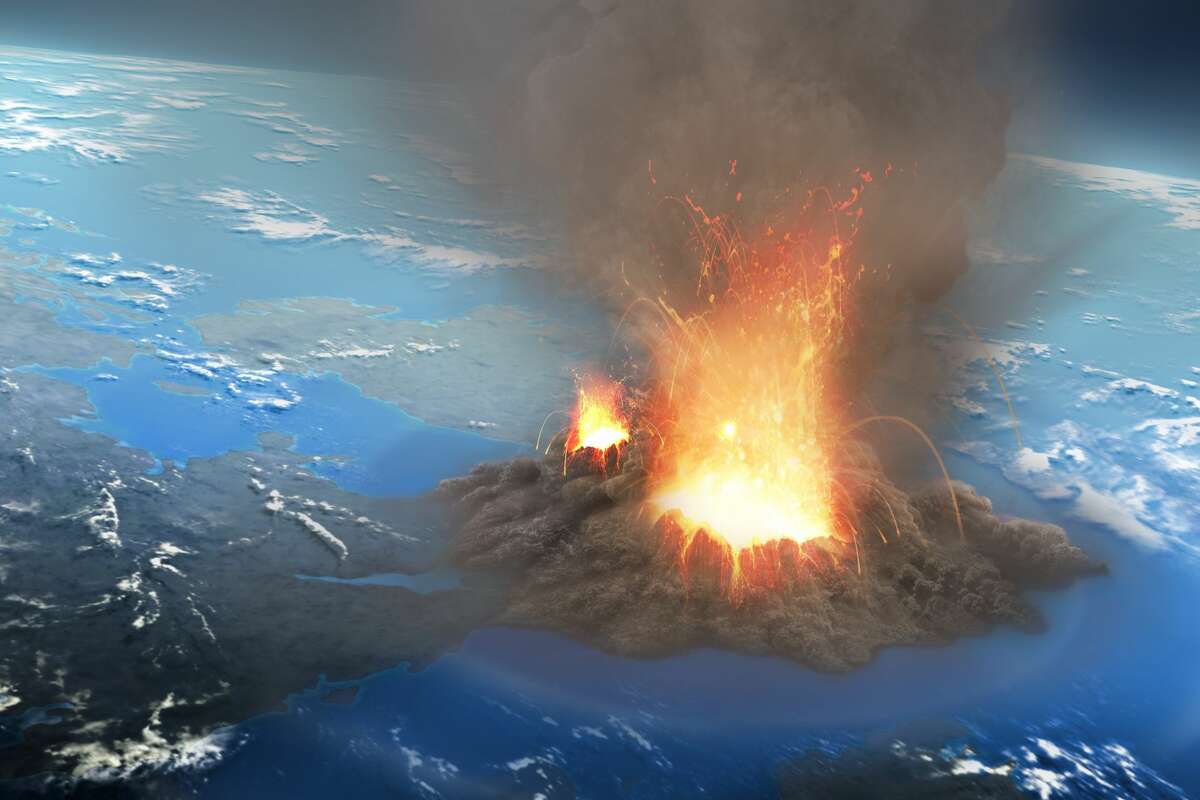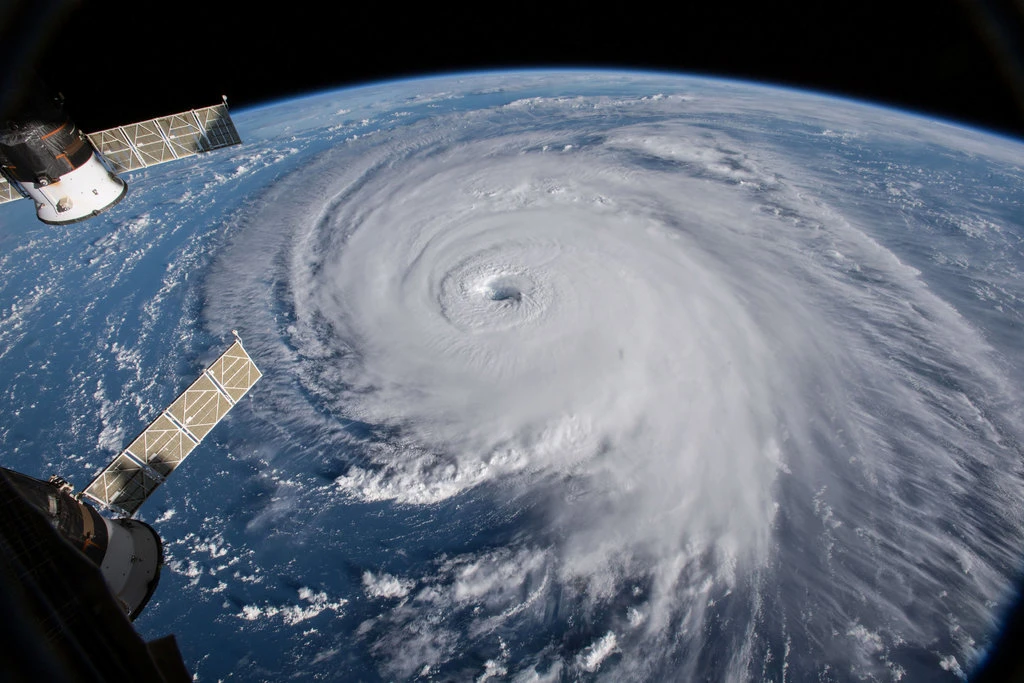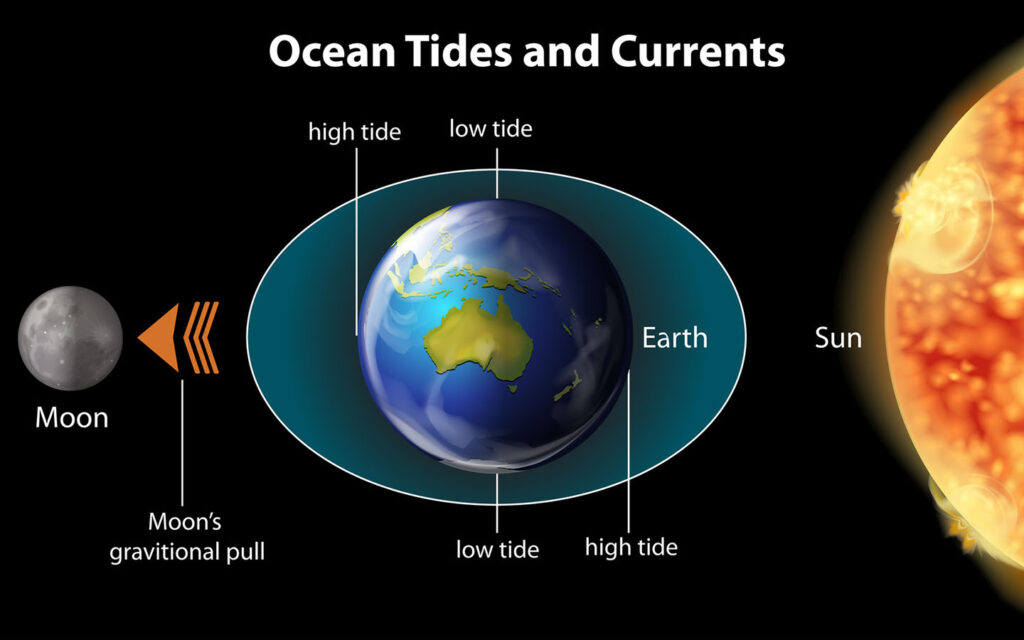In H.G. Wells’ story “The Man Who Could Work Miracles”, the main character magically manages to stop the Earth’s rotation on its axis, which has had the most serious consequences for the whole world (which also had to be eliminated using magic). In any case, in order just to slow down our planet (not not stop it, but slow it down a bit), we need a catastrophic event like a large asteroid falling, and it should hit the Earth tangentially near the equator, and in a clearly defined direction. It is clear that the consequences of “slowing down” the planet’s rotation in this case would be barely noticeable against the background of the enormous destruction caused by such a fall itself.

In fact, the speed of the Earth’s axial rotation is constantly changing: it is affected by seasonal winds, ocean currents, glacial freezing and melting, the movement of tectonic plates, and, of course, the tidal forces from the Sun and Moon, which gradually slow down this rotation, causing the day to lengthen by 1.7 milliseconds per century. Why do such powerful factors end up with such modest results? If only because the moment of inertia of our planet (a measure of the inertia of rotational motion) is truly enormous — it is estimated at 3.7×10³⁷ kg×m². To change this parameter significantly, incredible efforts are required. But humanity is already gradually doing this, as we will discuss below.
Now let’s try to imagine that we did manage to simultaneously increase or decrease the Earth’s rotation speed by one twenty-fourth (respectively, speeding up or slowing down water masses, the gas shell, and everything on the Earth’s surface). What are the long-term consequences for us?
«Equatorial Flood»
If the rotation of our planet accelerates, the first to feel it – or rather, just see it – will be the inhabitants of the equatorial regions. Due to the increase in centrifugal force, the water level in the ocean there will rise by tens of meters. The tides will also become much higher (due to the increase in the speed of the tidal waves), and during low tides, the water will recede more strongly for the same reason. Much of South America, equatorial Africa, northern Australia, and many islands in Indonesia and the Caribbean will turn into seabeds.

In temperate latitudes, the ocean level will hardly change, and the tidal effect will be less pronounced. Accordingly, in the circumpolar regions, the water will drop due to the outflow to the equator, “freeing up” many new territories. If, on the contrary, the Earth is slowed down, all of the above phenomena will be observed «with the opposite sign»: the waters of the oceans will “flow” from the equator to the poles, and the difference between the tides will become smaller on average.
Tectonic anomalies
At first glance, it may seem that the faster rotation of the Earth will create a more powerful centrifugal force at the equator, which will partially compensate for gravity and make all objects lighter. This is not entirely true: under current conditions, the amount of such “compensation” is about half a percent of the acceleration of free fall and can only be registered by sufficiently sensitive instruments. If the Earth’s rotation were accelerated so that the day was shortened by an hour, the “additional relief” would be quite insignificant.

But what is hard to notice for humans becomes quite noticeable on a large scale over long periods of time. Due to the greater difference in the acceleration of free fall at the poles and the equator, tectonic processes will be more intense on the “fast” Earth, individual plates of the Earth’s crust will move faster, they will collide more violently, creating powerful earthquakes… However, it is also impossible to say that all such phenomena will be less pronounced if our planet slows down. Fractures and collision points of tectonic plates serve as an effective outlet for energy arising in the Earth’s interior as a result of the decay of radioactive element nuclei. In any case, it will require some kind of outlet, and it can be expected that it will be supervolcanoes — volcanically active zones in the middle of oceanic or continental plates (the most famous of which are the Toba supervolcano in Indonesia and Yellowstone National Park in the United States). In this case, their catastrophic eruptions will become more frequent and powerful, and it is far from clear that such a scenario would be better for the Earth.
“Travelers’ sickness”
For the first few weeks or even months after the sudden “acceleration” of the Earth, all of humanity, except for the inhabitants of the circumpolar regions (if this happens during the solstices), will get used to the new time rhythm, getting used to an earlier daily sunrise. This will be similar to the highly time-stretched sensations of travelers who have made a quick trip or flight to the east. The rest of the Earth’s biosphere will experience the same suffering. But in fact, this will be one of the easiest consequences of the change in the planet’s rotation speed, to which we will eventually adapt.

It is interesting that we will survive the slowdown with much less stress: as practice shows, people take moving to the west much better. Experiments on survival in caves, without access to sunlight and without being “tied” to a clock, have shown that terrestrial species (including humans) are gradually beginning to live on an “extended” schedule and feel absolutely natural in such conditions.
Weather surprises
The Earth’s rotation plays an important role in climate processes. Cyclones and anticyclones “twist” in a spiral due to the Coriolis force, which is a consequence of rotational motion. If our planet “spins” faster, all these phenomena will receive an additional source of energy, they will carry larger masses of water, and air currents will accelerate even more. As a result, we will see an increase in the frequency of hurricanes and typhoons, an increase in the damage they cause (including human casualties), and storms and tornadoes will occur in places where they have never been seen before.

At first glance, when the axial rotation of our planet slows down, everything should be the other way around, but it is fraught with other troubles. The increase in the length of the day will lead to the lengthening of its light and dark parts, which will cause the earth’s surface to heat up more during the day and cool down at night. The greater amplitude of temperature fluctuations will lead to stronger winds, more frequent nighttime showers and fogs, and the water balance in many regions will be affected. The overall map of winds and even ocean currents will change significantly. And this, unlike the previous paragraph, is not “bare theorizing”: it looks like all these problems are indeed waiting for humanity in the future (albeit a rather distant one), so it is worth preparing for them now.
Technical problems
Obviously, a change in the Earth’s rotation speed will force us to completely change traffic schedules, train and airplane schedules, space launches, make significant adjustments to satellite navigation systems, and completely change the calculated moments of astronomical events (and for many of them, such as solar eclipses, this will mean a change in the place of visibility). Geostationary satellites will have to be transferred to a different orbit. If we leave the length of the day at the “traditional” 24 hours, we will have to reconsider the value of such a basic unit as a second, and with it the entire international system of measures.

However, there is one aspect in which the acceleration of rotation (i.e., an increase in the moment of inertia) would be unequivocally positive. In the 70s of the last century, mankind began to build tidal hydroelectric power plants quite actively as a “green” alternative to fossil fuel-based electricity sources. Initially, this alternative did look quite attractive, but later experts rightly pointed out that tidal energy cannot be considered “renewable”: such power plants “take away” the kinetic energy of our planet and accelerate its deceleration relative to the natural state of affairs, when it is gradually slowed down by the gravity of the Sun and Moon without human intervention. And this can have very sad consequences for our distant descendants.
As already mentioned, a decrease in rotation speed will lead to longer days and nights, which means that the Earth’s surface will heat up more during daylight hours and cool down more during the dark. When the day becomes longer by about three hours, the difference between day and night temperatures even in temperate latitudes will exceed 50°C, and life on Earth will be forced to “hide” in the oceans or artificial underground shelters. According to forecasts, this will happen in about 600 million years (at least that’s how long it took for the Earth to slow down from a 21-hour day to its current state, as evidenced by archaeological findings). However, if we consistently increase the “subtraction” of our planet’s torque, trying to cover at least half of the growing energy needs of humanity with tidal power plants, this impressive time interval will be reduced by a hundred million years. Is it worth making such a dubious “gift” to our descendants, even very distant ones?
Of course, half a billion years is also a long time, and during this time, many things can change and go wrong as predicted by the calculations. In addition to the “overplanned” increase in the length of the day, there are still plenty of threats to the existence of the Earth and human civilization. This example is intended to further demonstrate how complex the planet’s ecosystem (and the solar system as a whole) is and how many factors we must take into account before we can seriously interfere with it. Humanity’s technological capabilities are constantly growing, and our responsibility for the fate of the world is growing with them. So, before we “speed up” or “slow down” the Earth, we should carefully consider whether we really need it and whether we will not end up in the situation of the miracle worker from H.G. Wells’ story.

